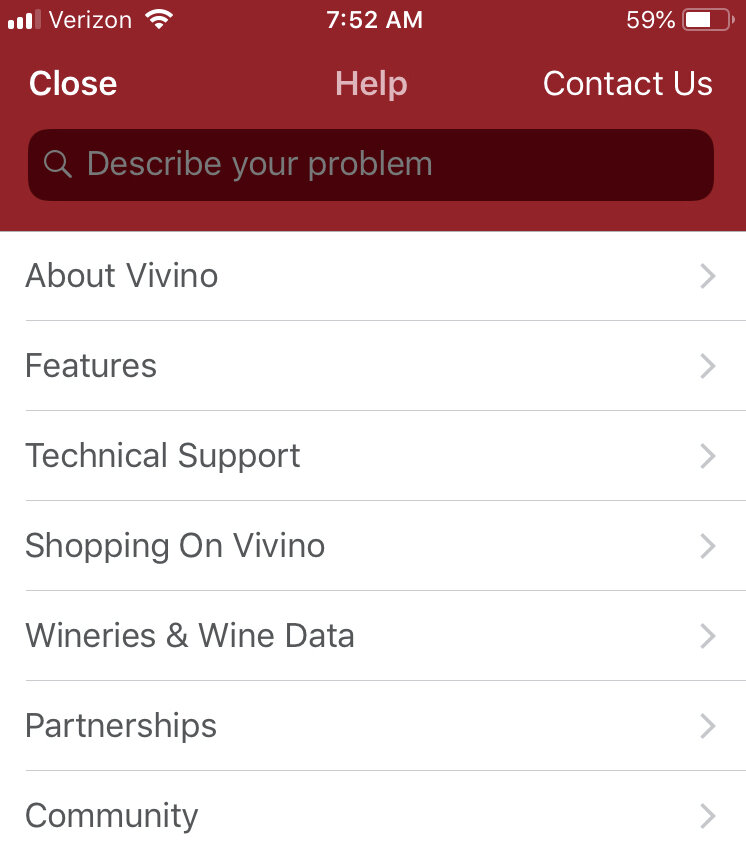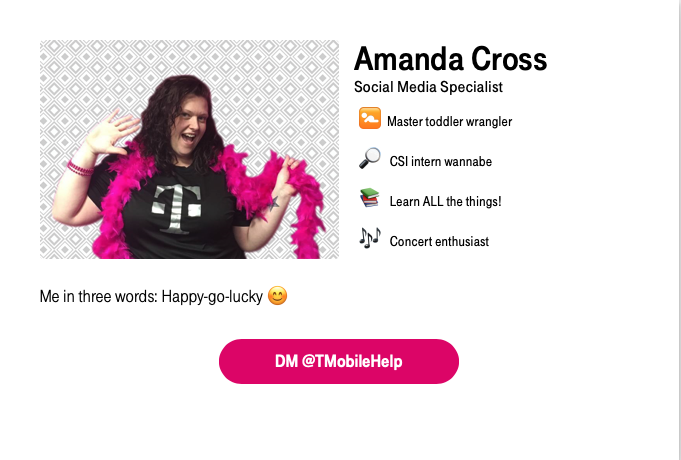We've all experienced a self-service fail.
Perhaps you've found yourself yelling "Human! Human! Human!" into a phone.
Maybe you've sat at a parking garage exit trying to get the machine to read your ticket while an impatient line of drivers behind you honk to signal their displeasure.
Surely you've spent an eternity exploring a website to find the answer to the simplest of questions. When you couldn't find it, you spent another eternity finding the "contact us" page.
Or you might have angrily muttered under your breath, "I did place the item in the bagging area!" while using the self-checkout lane at the grocery store.
Those terrible experiences are all designed to save costs by taking human employees out of the equation. Self-service is fine when it works, but it often doesn't.
Customers really hate when it doesn't.
Many will take their business elsewhere, buy less per visit, or spread negative word-of-mouth. Studies have found widespread theft among self-checkout customers at grocery stores.
There is a counterintuitive solution.
Researchers have found companies can improve self-service customer satisfaction, increase sales, and keep costs low by making a human readily available.
The solution to self-service problems
Harvard researchers Michelle A. Shell and Ryan W. Buell conducted a series of experiments to test how human contact can reduce customer anxiety. They discovered that merely giving people the option to connect with a human while using self-service increased customer satisfaction and improved sales.
Here's a summary of two of the experiments.
Experiment 1: Retirement Planning
In the first experiment, participants engaged in a retirement planning simulation. They were asked to allocate investments in a fictitious retirement portfolio over the course of several rounds using a simulated online portal.
Participants were divided into two groups: low-anxiety and high anxiety.
The low-anxiety group experienced normal returns on their simulated portfolio.
The high-anxiety group experienced returns that were far worse than normal.
Participants in both groups were given an assessment to evaluate their anxiety levels at several times during the experiment. As expected, participants in the high-anxiety group with lower than expected returns experienced much higher levels of anxiety.
The participants were further divided into three groups, with each group receiving different types of self-service support:
Group only had access to a list of Frequently Asked Questions (FAQs) for support.
Another group had access to FAQs and could chat with an expert.
The third group had access to FAQs and could chat with a peer investor.
The high-anxiety group that had access to an expert reported 20 percent higher satisfaction with their investment choices than the group that had no access to a human:
The surprising discovery? Only 16 percent of the group that had access to an expert actually contacted the expert for help!
Experiment 2: Credit Union Loans
This experiment was conducted with real customers. A credit union tested whether loan applicants sms text updates throughout the approval process impacted whether customers ultimately accepted the loan once they were approved.
Loan applicants were divided into three groups. The first group received no updates. The second group received updates via text like this one:
“Hi John, my name is Rachel and I will be working on your loan application. A decision will be returned to you by Wednesday and I’ll text you updates along the way. Thank you for working with us!”
The third group also received updates via text, but these updates contained the loan officer’s phone number and an invitation to contact them. Here’s an example:
“Hi John, my name is Rachel and I will be working on your loan application. A decision will be returned to you by Wednesday and I’ll text you updates along the way. Feel free to contact me at 555-5555 with any questions. Thank you for working with us!”
Once again, a more personalized approach yielded better results. The third group had a far higher percentage of approved customers accept the loan offer:
How to get customers to like self-service
The key to helping customers use and enjoy self-service is making a human readily available. Keep in mind that many customers prefer self-service for simple tasks, and they won't contact a human unless they feel it's necessary.
It's just comforting to know someone is there.
The payroll provider, Gusto, sets a great example by making contact information very clear and obvious on its help page. Notice the phone number and “contact us” link in the top right corner:
The wine tracking app, Vivino, has a clear "contact us" link on its in-app support page.
Side note: there’s a small fail here, because the "contact us" link takes you to a chat bot. Research from CGS revealed that 86 percent of consumers prefer humans over chat bots.
Airlines, grocery stores, and other businesses often station an employee near a bank of self-service machines to provide help when needed. Here’s an example from the self-checkout line at an Ikea:
One word of caution: make sure employees who help customers with self-service kiosks follow these steps to avoid sabotaging the experience.
Subscribers can sign themselves up to receive my Customer Service Tip of the Week email. Many receive the email without ever contacting me, but I'm still easy to reach.
Subscribers can reply to any email and it goes straight to my personal email address. My phone number is also included in every message.
Executives sometimes worry that customers will inundate them with contacts if they make a human readily available. In reality, the contact rate is very low. Less than one percent of Customer Service Tip of the Week subscribers email me each week, and rarely do I get a call.
I even include my phone number and email address in every book I write. It makes me look like a generous guy, but very few people actually contact me.
Take Action
Conduct a review of any place where you offer self-service, whether it's online, on an app, or in-person. You can use this guide to look for opportunities to make connecting with a human even easier.
As a bonus tip, try personalizing all of your communication channels.
Phone and in-person are easy, but its helpful to make the name of the employee clearly visible in written channels like email, chat, text, and social media.
T-Mobile provides a great example of personalizing contacts via Twitter. The support team personalizes each message with a card that humanizes the individual agent:
You can learn a little more about Amanda when you click on the card:
Customers want convenience, but they also want friendly, helpful service from a live human when things get tricky. Strike the balance between the two and you'll keep costs low and satisfaction high.









